County Line Trailhead Introduce
For Californians with a spirit of true adventure and a desire to venture deep into the state's wild landscapes, "County Line Trailhead" represents a gateway to extensive wilderness exploration. Unlike a traditional, developed campground with designated sites and amenities, "County Line Trailhead" functions primarily as a launch point for various trails that lead into vast natural areas. It's a key access point for those seeking rugged backpacking trips, challenging hikes, and the quiet solitude that can only be found off the beaten path. For local outdoor enthusiasts who value self-sufficiency and immersive nature experiences, understanding what a "County Line Trailhead" entails is crucial for planning an authentic California wilderness adventure.
The designation "County Line Trailhead" refers to multiple access points across California, typically situated where a hiking or wilderness trail crosses a county boundary or is located near one. Without a more specific address or associated park/forest, providing precise, universally applicable directions is challenging. However, generally, these trailheads are found in mountainous or forested regions, often within National Forests (like the Stanislaus National Forest or Inyo National Forest) or State Parks (such as Henry W. Coe State Park or Pfeiffer Big Sur State Park) that span multiple counties. Access typically involves driving on paved highways followed by turns onto forest service roads or rural routes, which may be unpaved but generally maintained for vehicle access. While specific "County Line Trailheads" can vary in their remoteness, they are usually designed to facilitate entry into wilderness areas, meaning direct public transportation is unlikely, and a personal vehicle is necessary. For Californians, these locations symbolize the opportunity to leave urban settings behind and embark on adventures into less-trafficked, wilder territories.
As a "trailhead" rather than a traditional "campground," the services offered directly at County Line Trailhead are minimal, reflecting its role as a wilderness access point. Campers should be prepared for a self-sufficient experience, adhering to Leave No Trace principles.
- Parking Area: Most County Line Trailheads will feature a designated parking area where visitors can leave their vehicles before embarking on a hike or wilderness trip. Parking fees or wilderness permits may be required depending on the specific location and managing agency (e.g., US Forest Service, State Parks, BLM).
- Information Kiosk/Signage: There will typically be an information board or signage at the trailhead, providing details about the trail, wilderness regulations, current conditions (like fire restrictions), and safety guidelines. Maps are often posted, but carrying your own detailed map is highly recommended.
- No Potable Water: It is highly unlikely that potable (drinkable) water will be available directly at a County Line Trailhead. Visitors must bring all their own water or be prepared to filter/treat water from natural sources encountered on the trail.
- No Restrooms (typically): Most undeveloped trailheads do not offer flush toilets or even vault toilets. Visitors should be prepared for backcountry sanitation, including packing out all waste. In some instances, a very basic vault toilet might be present.
- No Designated Campsites: "County Line Trailhead" does not imply designated, numbered campsites with picnic tables or fire rings like a formal campground. Camping, if allowed, would be dispersed camping in the wilderness area accessed by the trailhead, following all wilderness regulations.
- Wilderness Permit Information: For overnight trips into designated wilderness areas, a wilderness permit is often required. Information on how to obtain these permits (online or at a ranger station) may be available at the trailhead.
- No Amenities for RV Hookups or Showers: As a trailhead, there are no services for RV hookups, dump stations, or showers. This is a purely primitive access point.
The "features" and "highlights" of a County Line Trailhead are intrinsically tied to the wilderness experiences it unlocks, rather than specific facilities at the trailhead itself. These locations are celebrated for the raw, untouched natural beauty and the challenging adventures they provide.
- Access to Extensive Trail Networks: County Line Trailheads provide direct access to miles of hiking, backpacking, and sometimes equestrian or mountain biking trails, leading into vast wilderness areas such as the John Muir Wilderness, Carson-Iceberg Wilderness, or sections of the Pacific Crest Trail.
- Solitude and Remote Experience: For Californians seeking to escape crowds, these trailheads are ideal. They lead to areas where solitude is readily found, especially beyond the initial few miles of the trail.
- Stunning Natural Scenery: The trails accessible from County Line Trailheads typically traverse breathtaking California landscapes, including alpine lakes, granite peaks, lush forests, and diverse ecosystems.
- Opportunities for Dispersed Camping: While not a campground, these trailheads offer access to areas where dispersed camping (primitive camping away from designated sites) is allowed, providing a true backcountry experience for self-sufficient campers. Always check specific wilderness regulations regarding camping.
- Wildlife Viewing: The wilderness areas accessed via these trailheads are prime habitats for various California wildlife, offering opportunities for observing deer, birds, and other native species in their natural environment.
- Stargazing: Far from urban light pollution, these remote locations offer unparalleled opportunities for stargazing, with millions of stars visible on clear nights.
- Challenging Hikes: Many trails from County Line Trailheads lead to high elevations or remote lakes, providing challenging and rewarding hikes for experienced adventurers.
- Authentic Wilderness Immersion: For Californians passionate about true wilderness immersion, these trailheads are key to accessing unmaintained or minimally maintained trails that offer a deep connection to the natural world.
Given that "County Line Trailhead" refers to a general type of wilderness access point rather than a single, specific campground, there isn't one universal phone number or contact for all "County Line Trailheads" across California. The relevant contact information would depend on the specific National Forest, State Park, or Bureau of Land Management (BLM) office that manages the particular trailhead you intend to visit.
For general inquiries about wilderness permits, trail conditions, or dispersed camping regulations for a specific area, Californians should contact the Ranger District or Visitor Center of the managing agency.
Address: Various locations across California, USA (typically within National Forests or State Parks)
Phone: (Contact the specific National Forest Ranger District, State Park, or BLM Field Office for the area you plan to visit.)
Example contact phone numbers for managing agencies that often have County Line Trailheads:
- Stanislaus National Forest: (209) 532-3671 (General Information)
- Inyo National Forest: (760) 873-2400 (General Information)
- Henry W. Coe State Park: (408) 779-2728
Always check the official websites of the managing agency (e.g., US Forest Service, California State Parks, BLM) for the most accurate and up-to-date information on the specific County Line Trailhead you are interested in, including any permit requirements or seasonal closures.
For Californians, a County Line Trailhead is less about traditional camping amenities and more about unlocking the raw, untamed beauty of our state's wilderness. It's perfectly suitable for locals who possess a strong sense of adventure, self-reliance, and a deep respect for nature. These access points provide the gateway to truly immersive experiences, whether you're embarking on a multi-day backpacking trip into the high Sierra, seeking challenging day hikes to remote alpine lakes, or simply craving the profound quiet and spectacular stargazing that only deep wilderness can offer. While you won't find picnic tables or flush toilets, you will find miles of pristine trails, unparalleled scenery, and the solitude necessary to truly disconnect and recharge. For the experienced Californian outdoor enthusiast, a County Line Trailhead is not just a starting point; it's the promise of an unforgettable journey into the wild heart of our state, offering freedom and a deep connection to nature that developed campgrounds simply cannot provide.
County Line Trailhead Photos
County Line Trailhead Location
County Line Trailhead Reviews
More Camping Near Me
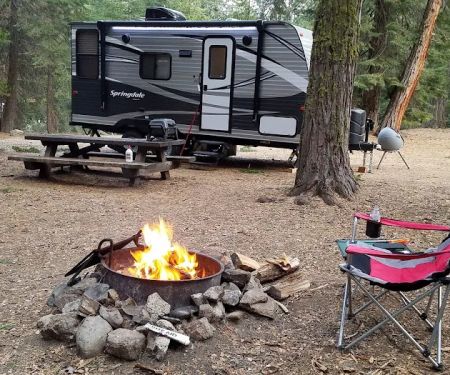 Brightman Flat Campground4.0 (36 reviews)
Brightman Flat Campground4.0 (36 reviews)Dardanelle, CA 95314, USA
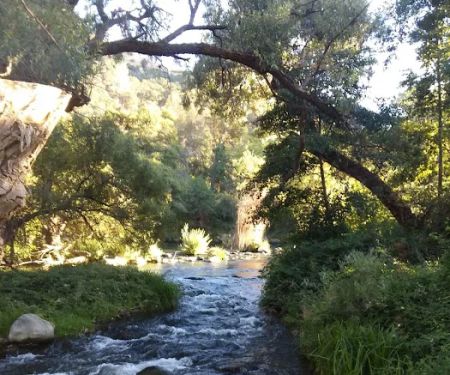 Dardanelle Campground4.0 (25 reviews)
Dardanelle Campground4.0 (25 reviews)CA-108, Sonora, CA 95370, USA
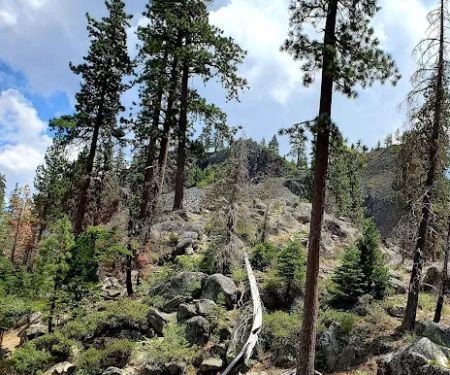 Pigeon Flat Campground4.0 (23 reviews)
Pigeon Flat Campground4.0 (23 reviews)Dardanelle, CA 95314, USA
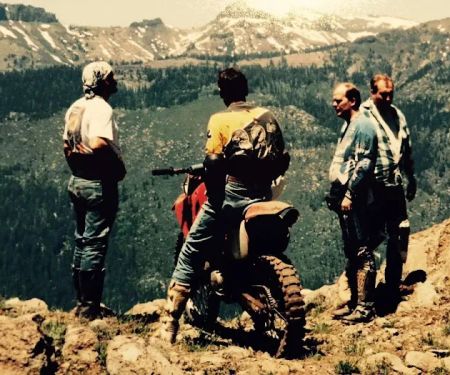 Niagara Campground4.0 (11 reviews)
Niagara Campground4.0 (11 reviews)Pinecrest, CA 95364, USA
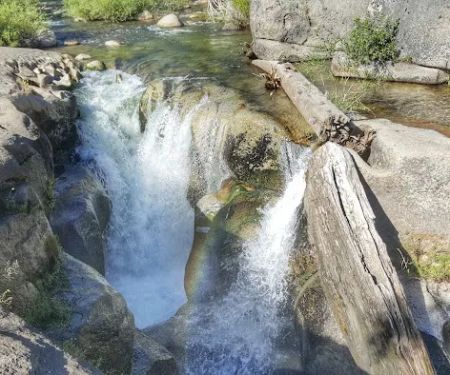 Clark Fork Campground4.0 (80 reviews)
Clark Fork Campground4.0 (80 reviews)California, USA
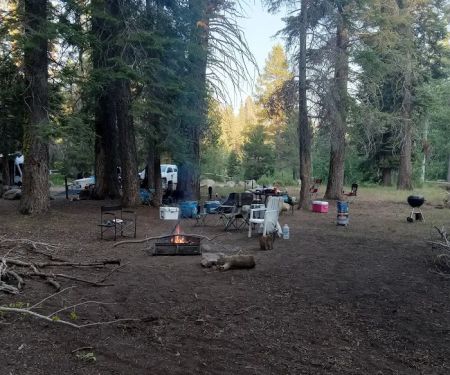 Niagara OHV Campground4.0 (4 reviews)
Niagara OHV Campground4.0 (4 reviews)California, USA
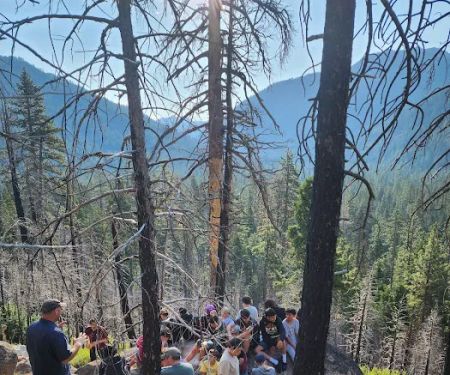 Camp Liahona4.0 (10 reviews)
Camp Liahona4.0 (10 reviews)Stanislaus N F Rd 7N83 Peaceful Pines, Arnold, CA 95223, USA
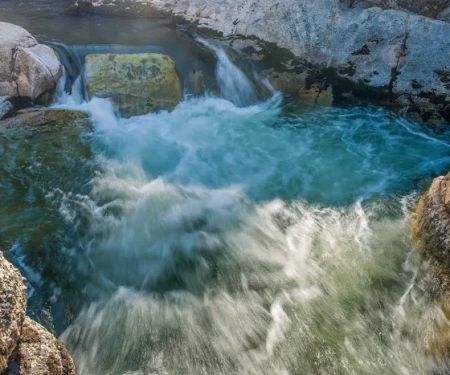 Eureka Valley Campground4.0 (41 reviews)
Eureka Valley Campground4.0 (41 reviews)Pinecrest, CA 95364, USA
 Sand Flat Campground4.0 (32 reviews)
Sand Flat Campground4.0 (32 reviews)Arnold, CA 95223, USA
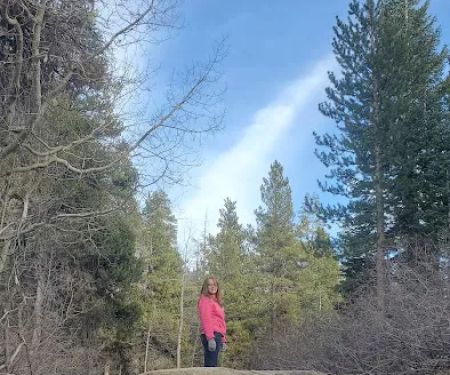 Eagle Meadows Camp Ground4.0 (11 reviews)
Eagle Meadows Camp Ground4.0 (11 reviews)Eagle Meadow Rd, Pinecrest, CA 95364, USA
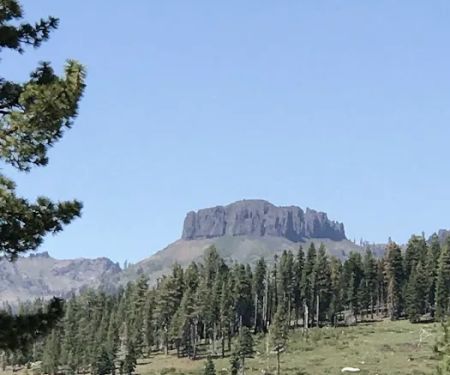 Mill Creek Campground5.0 (11 reviews)
Mill Creek Campground5.0 (11 reviews)Forest Rte 5N21, Pinecrest, CA 95364, USA
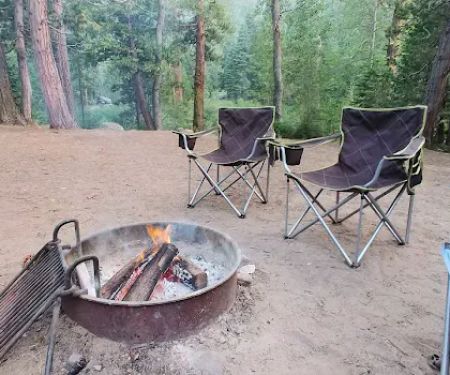 Baker Campground4.0 (44 reviews)
Baker Campground4.0 (44 reviews)Dardanelle, CA 95314, USA
Categories
Top Visited Sites
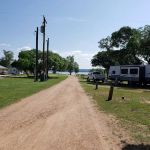 Texas Hills RV Haven4.0 (75 reviews)
Texas Hills RV Haven4.0 (75 reviews)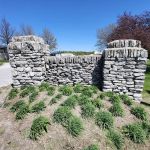 Legion Park RV Park4.0 (1 reviews)
Legion Park RV Park4.0 (1 reviews)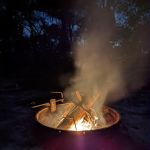 Back Country Campsite #14.0 (11 reviews)
Back Country Campsite #14.0 (11 reviews) Covered Wagon RV Park3.0 (304 reviews)
Covered Wagon RV Park3.0 (304 reviews)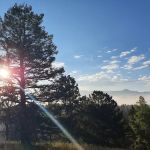 Pisgah Point Campground4.0 (13 reviews)
Pisgah Point Campground4.0 (13 reviews)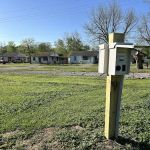 4th Street RV Park2.0 (1 reviews)
4th Street RV Park2.0 (1 reviews)Top Camping Searches
Trending The Campfire Posts
 How to Choose the Right Campsite for Your Group: Essential Tips
How to Choose the Right Campsite for Your Group: Essential Tips Best Campfire Desserts for Kids That Turn Camping Into a Sweet Memory
Best Campfire Desserts for Kids That Turn Camping Into a Sweet Memory Best Campfire Recipes for Quick and Easy Meals
Best Campfire Recipes for Quick and Easy Meals How to Stay Safe From Poisonous Plants and Insects While Camping
How to Stay Safe From Poisonous Plants and Insects While Camping How to Camp Safely Near Lakes and Rivers: Essential Tips and Equipment
How to Camp Safely Near Lakes and Rivers: Essential Tips and Equipment Best Campsites for Birdwatching in U.S. National Forests
Best Campsites for Birdwatching in U.S. National Forests